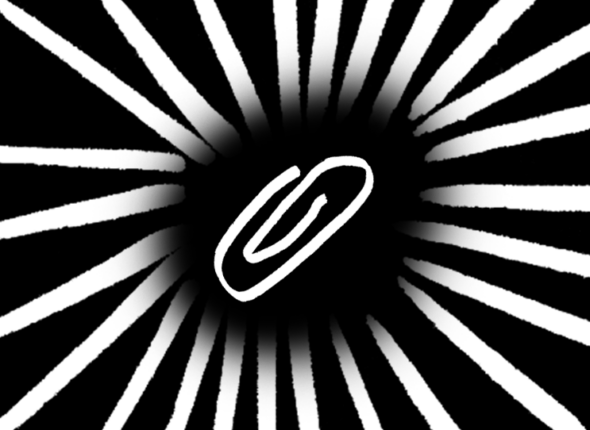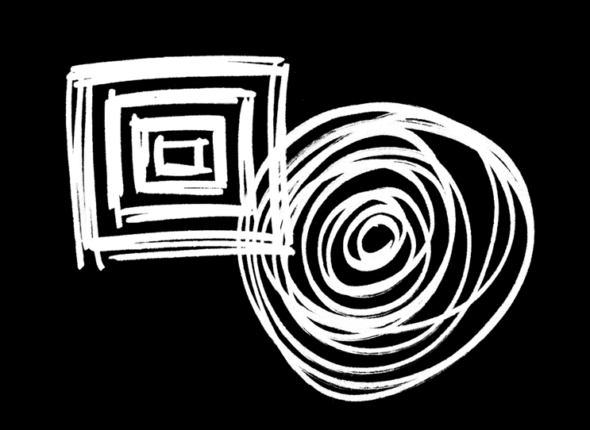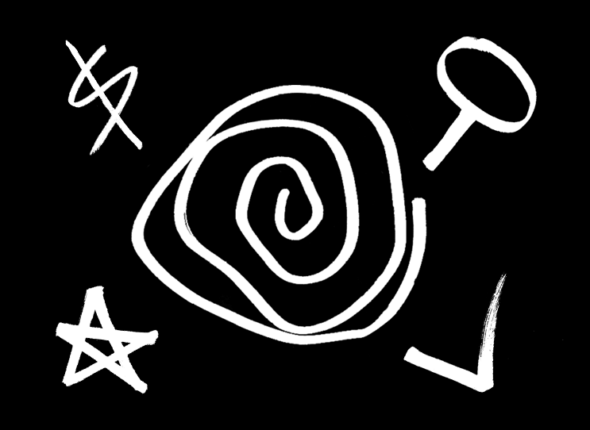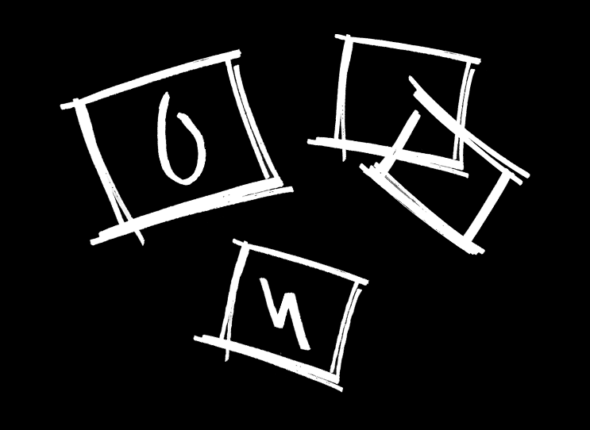-
-
-
-
-
A moodboard is a visual output used in the design and creative process. It is typically a collage consisting of photos, illustrations, and other graphic elements. While it may include some text, it primarily serves as a way to visualise ideas and express oneself through images. It is composed of a collection of pictures, colours, texts, and other visual elements that together create an atmosphere, mood, or style. This tool helps unify and express the aesthetic vision of a project and provides inspiration for further development and design. Moodboards can be large enough to cover a wall or small enough to fit on a screen.
Implementation Steps of the Method
- Define Goals and Scope: Clarify with your team what you want to achieve with the moodboard, whether it will cover the entire service or just a part of it, and who will be involved in the creation process.
- Gather Materials: Prepare everything you need - large paper backgrounds, glue, magazines, fabric samples, and other visual materials that will help you express the atmosphere of the service.
- Create the Moodboard: Place images, fabrics, and other materials on the paper background to capture the desired atmosphere and emotions of the service. Consider colours, expressions, and the layout of elements.
- Present and Discuss: Present the moodboard to the team and discuss together what each element represents and how they reflect the values and visual expectations of the service.
- Incorporate Feedback: Use the ideas and feedback gathered during the discussion to make final adjustments to your service design.
Tips
Creating a moodboard can be one of the activities in a prototyping workshop involving a larger group of people, not just the core team. The result can be a series of moodboards that reflect the perceptions of a broader spectrum of people.
Possible uses
- Visual Inspiration: Helps the team better envision the final product or service.
- Easy Sharing and Communication: Facilitates the sharing and communication of the project vision among team members and with external stakeholders.
- Summary of Market Research and Customer Preferences: Presents the results of market research and customer preferences in an easily digestible and attractive form.
- Guide for Decision-Making: Clearly indicates the direction the project should take, aligning with the emotional and aesthetic expectations of the target group.
Example of moodboard:
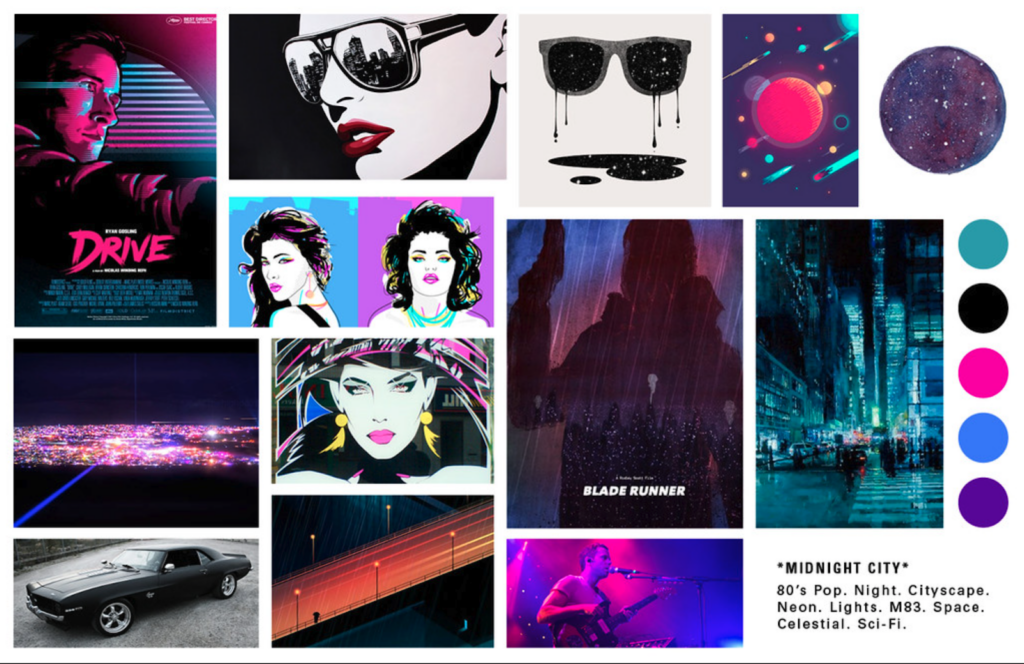
Midnight City Moodboard by Jordenn BaileyFollow (CC)
A moodboard is a visual output used in the design and creative process. It is typically a collage consisting of photos, illustrations, and other graphic elements. While it may include some text, it primarily serves as a way to visualise ideas and express oneself through images. It is composed of a collection of pictures, colours, texts, and other visual elements that together create an atmosphere, mood, or style. This tool helps unify and express the aesthetic vision of a project and provides inspiration for further development and design. Moodboards can be large enough to cover a wall or small enough to fit on a screen.
Implementation Steps of the Method
- Define Goals and Scope: Clarify with your team what you want to achieve with the moodboard, whether it will cover the entire service or just a part of it, and who will be involved in the creation process.
- Gather Materials: Prepare everything you need - large paper backgrounds, glue, magazines, fabric samples, and other visual materials that will help you express the atmosphere of the service.
- Create the Moodboard: Place images, fabrics, and other materials on the paper background to capture the desired atmosphere and emotions of the service. Consider colours, expressions, and the layout of elements.
- Present and Discuss: Present the moodboard to the team and discuss together what each element represents and how they reflect the values and visual expectations of the service.
- Incorporate Feedback: Use the ideas and feedback gathered during the discussion to make final adjustments to your service design.
Tips
Creating a moodboard can be one of the activities in a prototyping workshop involving a larger group of people, not just the core team. The result can be a series of moodboards that reflect the perceptions of a broader spectrum of people.
Possible uses
- Visual Inspiration: Helps the team better envision the final product or service.
- Easy Sharing and Communication: Facilitates the sharing and communication of the project vision among team members and with external stakeholders.
- Summary of Market Research and Customer Preferences: Presents the results of market research and customer preferences in an easily digestible and attractive form.
- Guide for Decision-Making: Clearly indicates the direction the project should take, aligning with the emotional and aesthetic expectations of the target group.
Example of moodboard:

Midnight City Moodboard by Jordenn BaileyFollow (CC)





